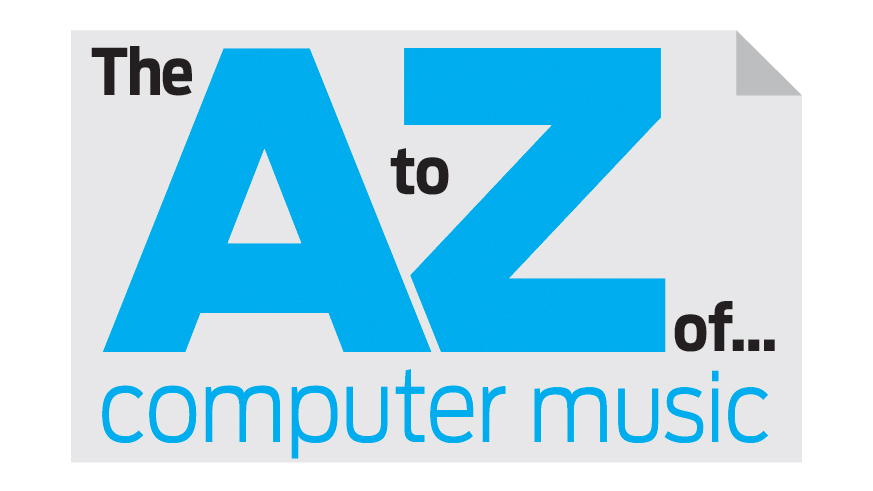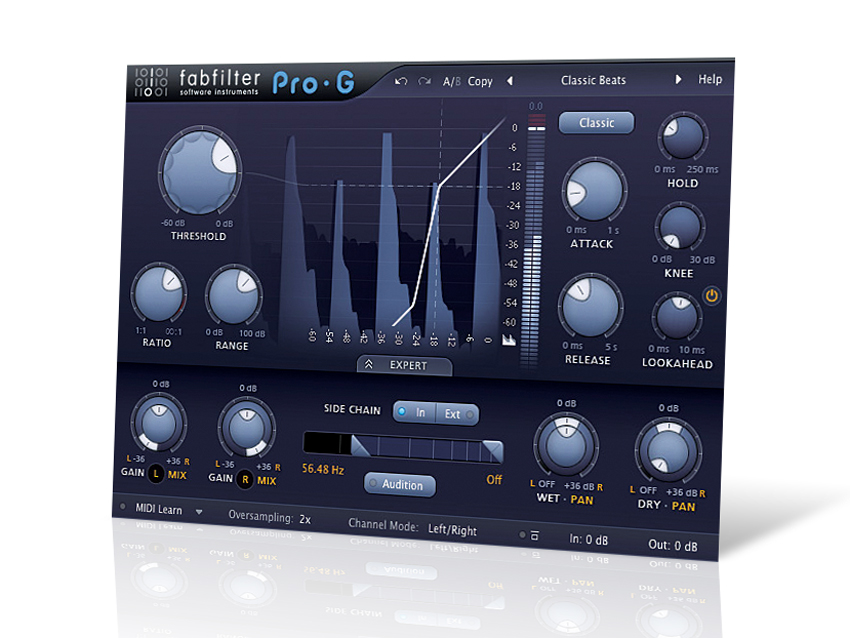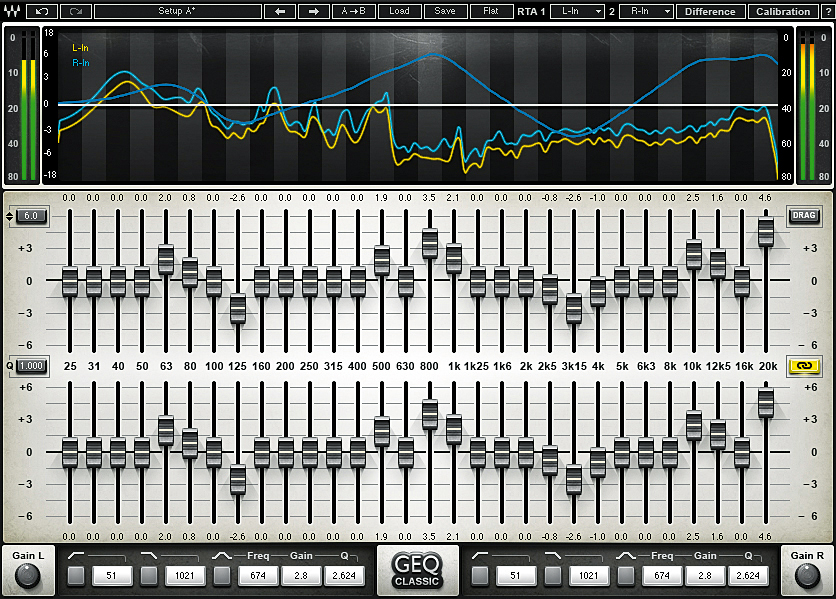The A to Z of computer music: G
A gaggle of G words in the latest instalment of our geek-friendly glossary

We break down a gaggle of G words in the latest instalment of our guru's glossary of geeky gear and digital gadgetry.
Gain
When the level of a signal is raised, the process is referred to as increasing the gain. You'll find gain controls on all manner of music software, from the mixer in your DAW (push a channel fader above 0dB and you're increasing the gain) to the majority of effects plugins, the Gain Make-up control on a compressor being the most obvious example. Note that gain can also be negative, used to indicate a reduction in volume.
Gain staging
When using multiple audio devices in a chain, the output of each connected to the input of the next, gain staging - the correct setting of gain controls and other settings through the chain - is an important consideration.
Even though in the software-based studio noise isn't the issue it once was, when you hook up an instrument or microphone to an audio interface, particularly if you have a hardware compressor or EQ involved, you need to set your gains correctly to optimise the signal-to-noise ratio and ensure a not-too-high, not-too-low level.
Gate

Gate is short for noise gate, a type of effect invented to combat background noise, hisses, rumbles, etc, in the parts of recordings that are supposed to be 'silent'.
The simplest gates shut the signal down to silence unless it is louder than a certain level, called the threshold. The idea is that the gate will 'shut' during parts when the instrument is not playing, and it will 'open' again when the instrument plays, silencing background noise. Attack and release parameters determine how quickly the gate opens and closes.
Some gates let you set a 'floor', so that instead of the signal being completely silenced, it will instead be reduced in volume. Gates can often be sidechained, either with internal filters (to cause the detection to respond only to a certain frequency range) or an external input.
Want all the hottest music and gear news, reviews, deals, features and more, direct to your inbox? Sign up here.
The latter is great for creative applications, eg, the rhythmic 'chopping up' of a pad sound using a gate sidechained to a hi-hat.
Also read: 11 essential gating tips
GM (General MIDI)
General MIDI is the specification that ensures that all MIDI synths and keyboards have their mod wheels outputting MIDI CC1, for example, and that all GM-compatible sound sources map the same set of sounds to the same program numbers (Trombone on Program 051, Goblins on Program 101, etc.)
The GM soundbank doesn't see much action today, as even the lowliest of soft synths and ROMplers leave it standing in every sense, but the MIDI CC numbers of the GM protocol are still totally relevant.
Glide
Also known as portamento, activating the glide function on a synthesiser causes the pitch of one played note to smoothly slide up or down to the pitch of the next, as opposed to jumping from one discrete pitch to another.
Depending on the synth in question, the time that this glide takes could be adjustable, fixed or scaled (determined by the distance of the glide.)
Glitch
In the context of music production, glitch has at least three meanings: an electronic music genre, an unpleasant digital noise and a category of plugin.
The first is self-explanatory; the second can be caused by things like missing a zero crossing when cutting a sample or a sample file being corrupted; and the third is any effects processor designed to chop up, rearrange and process its input signal in a jittery fashion, Illformed Glitch, Sugar Bytes Effectrix and Ableton Beat Repeat being three fine examples.
Graphic EQ

While a parametric EQ enables you to apply cut and boost to a small number of adjustable frequencies, a graphic EQ divides the audible frequency spectrum up into a number of overlapping bands (between 3 and 30-odd) of fixed frequency and width.
While this makes it a great option for music playback systems (both domestic and PA-driven,) where total precision isn't essential, it's not hugely suitable for music production beyond balancing out 'bumpy' frequency responses that would be difficult to flatten using a parametric.
That said, there are some classic graphic EQs out there by the likes of Urei and API that are highly prized by mix engineers for their particular sounds.
GUI
Graphical User Interface. The GUI is the visual front-end of any software application - the knobs, faders, tracks, clips, keys and buttons that you interact with on screen to make your DAW, virtual instruments and effects do their thing.
The 'persona' of an application is largely driven by its GUI (think Ableton Live's abstract cleanliness or Reason's quasi-realistic studio clutter) and can even have a psychological effect on the way we perceive the sounds coming from it.
For that reason, it's a good idea to check your mixes with the screen turned off at some point in your production process.
Computer Music magazine is the world’s best selling publication dedicated solely to making great music with your Mac or PC computer. Each issue it brings its lucky readers the best in cutting-edge tutorials, need-to-know, expert software reviews and even all the tools you actually need to make great music today, courtesy of our legendary CM Plugin Suite.
